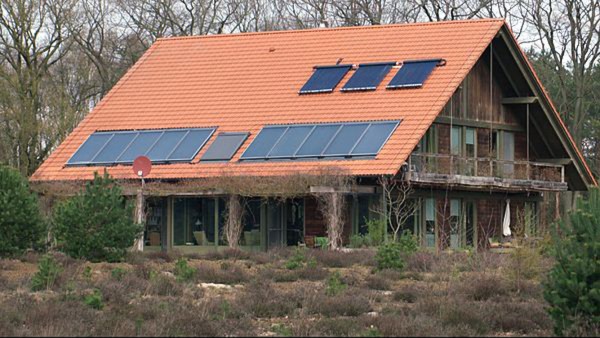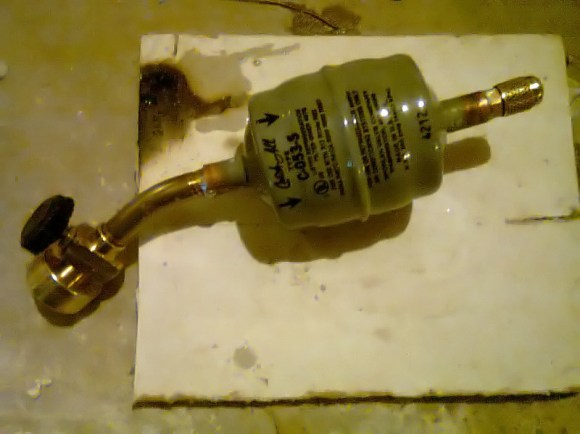Ground-source heat pump systems are one of the most efficient ways to do climate control, but digging the wells can be prohibitively expensive for the individual citizen. What if you could do it at a larger scale?
Starting with a pilot to serve 37 commercial and residential buildings in Framingham, MA, Eversource is using its experience with natural gas drilling and pipe to serve up a lower carbon way to heat and cool this neighborhood. While district heating via geothermal has precedents elsewhere in the country, Boise is a notable example, it has remained a somewhat niche technology. Once networked, excess heat from one location can be used elsewhere in the system, like data centers or industrial facilities being used to heat homes in the winter.
As gas utilities look to transition away from fossil fuels, their existing knowledge base is a perfect fit for geothermal, but there are some regulatory hurdles. Six states have passed laws allowing natural gas utilities to expand beyond just gas, and bills have been filed in six more. This will likely accelerate with the formation of the Utility Networked Geothermal Collaborative which includes many utilities including giants like Dominion Energy who are looking to expand their energy portfolios.
If you want to dig more into district heating systems or geothermal energy, we’ve covered cogeneration from power plants to serve up the heat instead, doing it with wind, or even using old coal mines for geothermal heat.


















